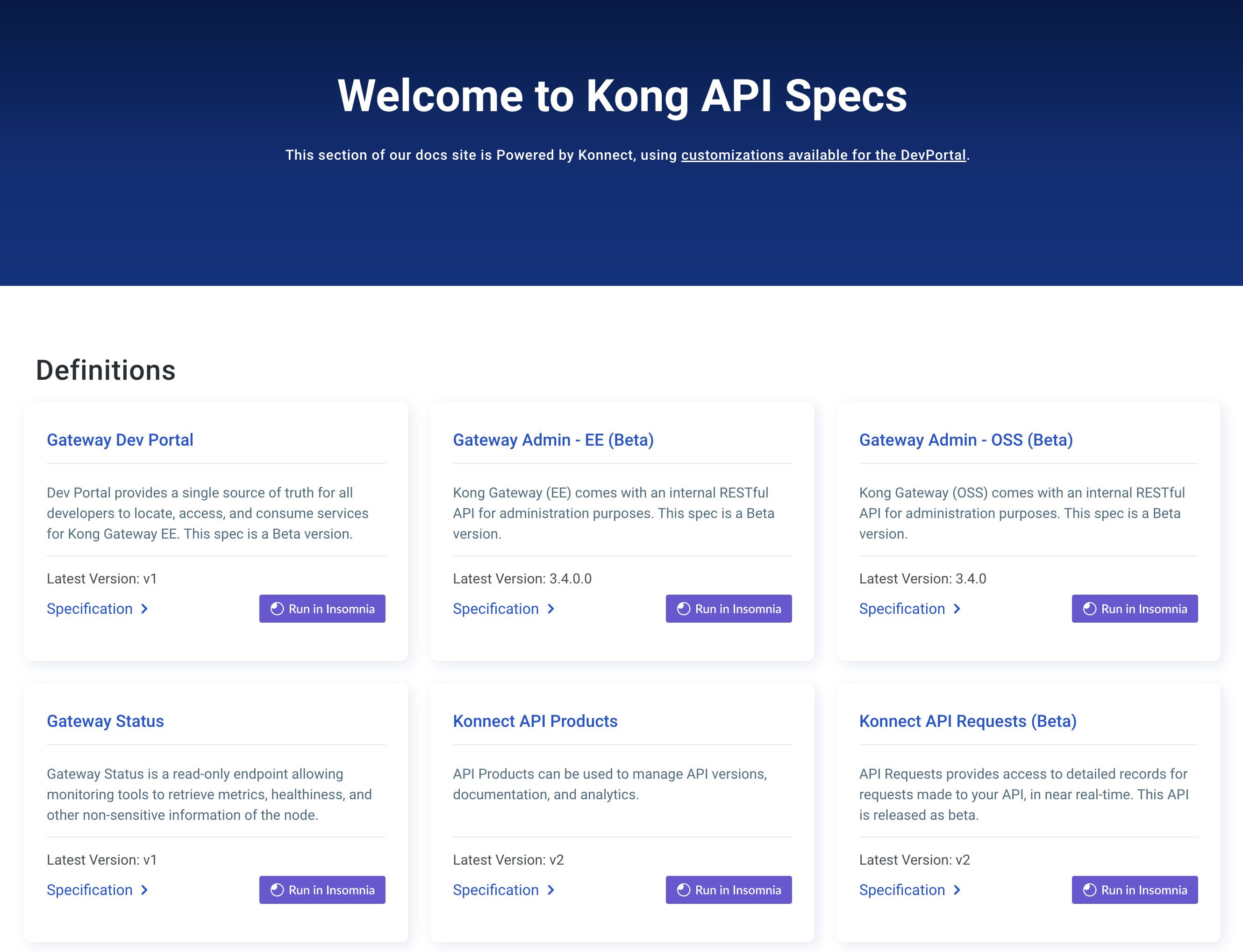Namespace
When practicing federated configuration management, there is a high chance of endpoint collision where two teams unexpectedly use the same API path.
To avoid this, you can namespace each API using a path prefix or have each API listen on a specific host.
By default, the deck file namespace command operates on all routes in a file. To target specific routes, pass the --selector flag.
Path prefix
The simplest way to prevent collisions is to prefix each API route with a static path. In this case, all routes in /path/to/config will be exposed under a /billing path:
deck file namespace --path-prefix=/billing -s /path/to/config.yaml
To remain transparent to the backend services, the added path prefix must be removed from the path before the request is routed to the service. To remove the prefix, the following approaches are used (in order):
- If the route has
strip_path=true, then the added prefix will already be stripped. - If the related service has a
pathproperty that matches the prefix, then theservice.pathproperty is updated to remove the prefix. - A
pre-functionplugin will be added to remove the prefix from the path.
If a
pre-functionis used, this will take priority over any globalpre-functionplugin that you have configured.
Custom host
An alternate way to namespace APIs is to have each API listen on a different hostname, for example, http://service1.api.example.com/somepath, http://service2.api.example.com/somepath.
The following command updates all route definitions in a file to listen only when a request is made to service1.api.example.com. If the route already has a hosts entry, the new domain is appended to the list.
deck file namespace --host service1.api.example.com
If you need to ensure that the API only listens on the hostname provided, you can pass the --clear-hosts flag:
deck file namespace --host service1.api.example.com --clear-hosts












